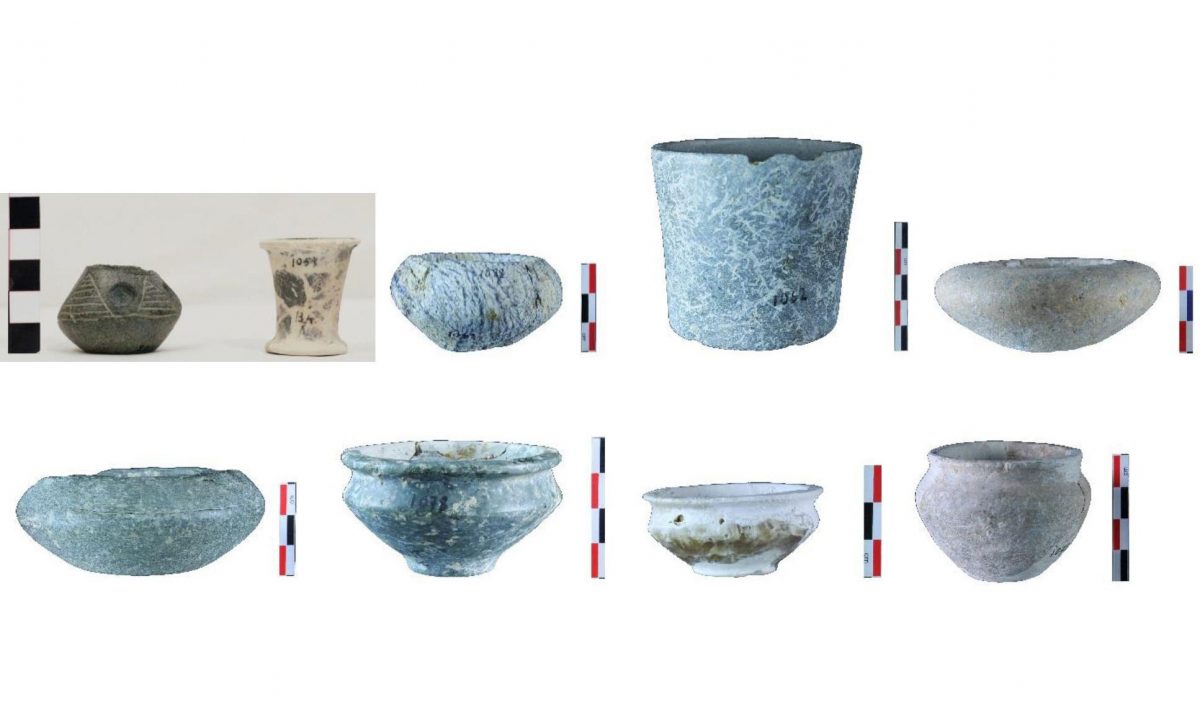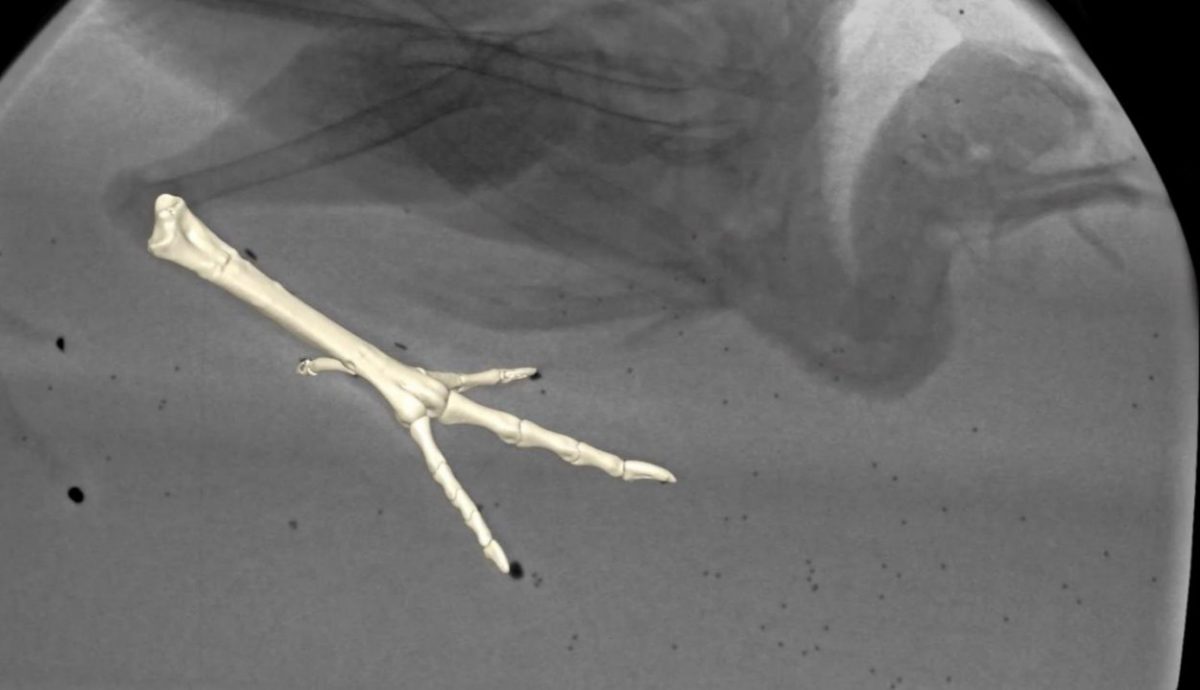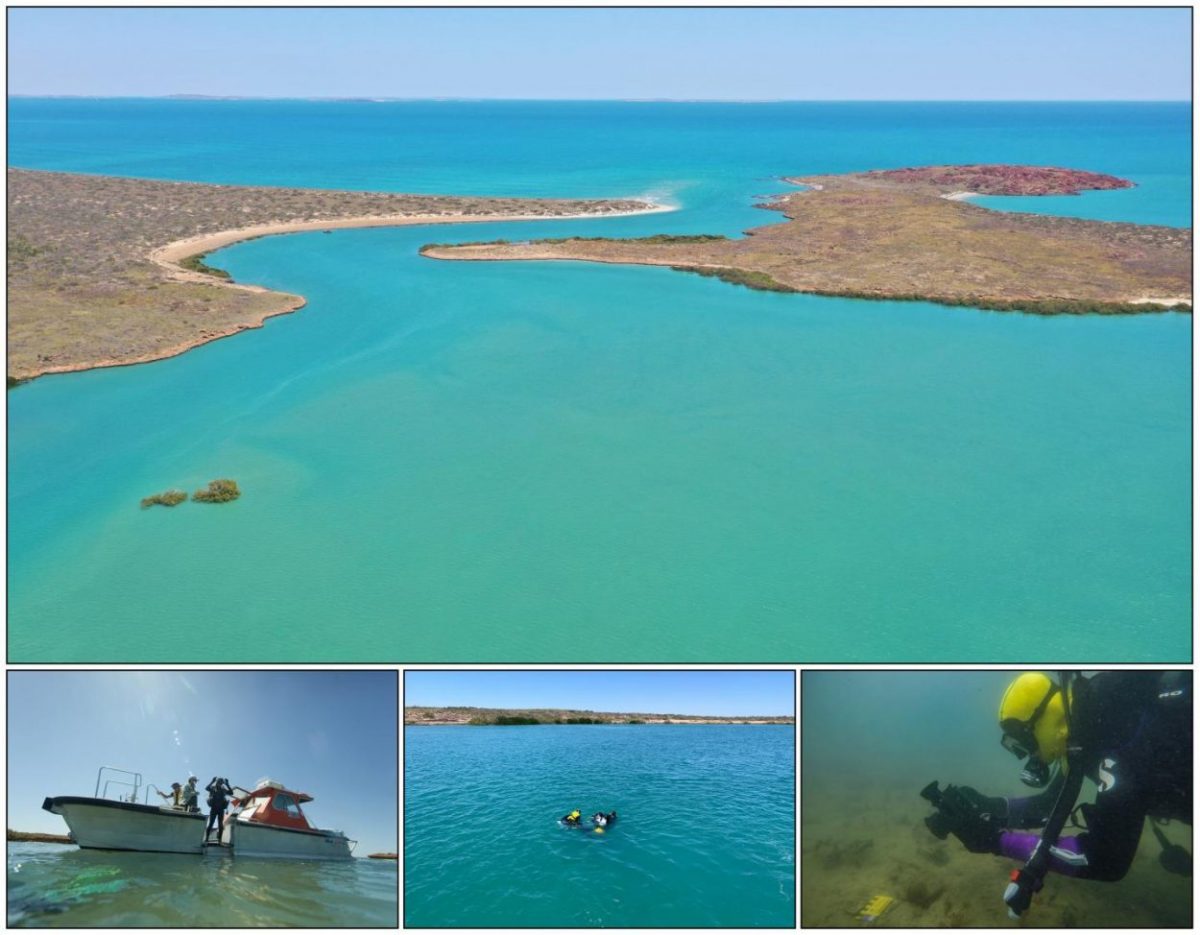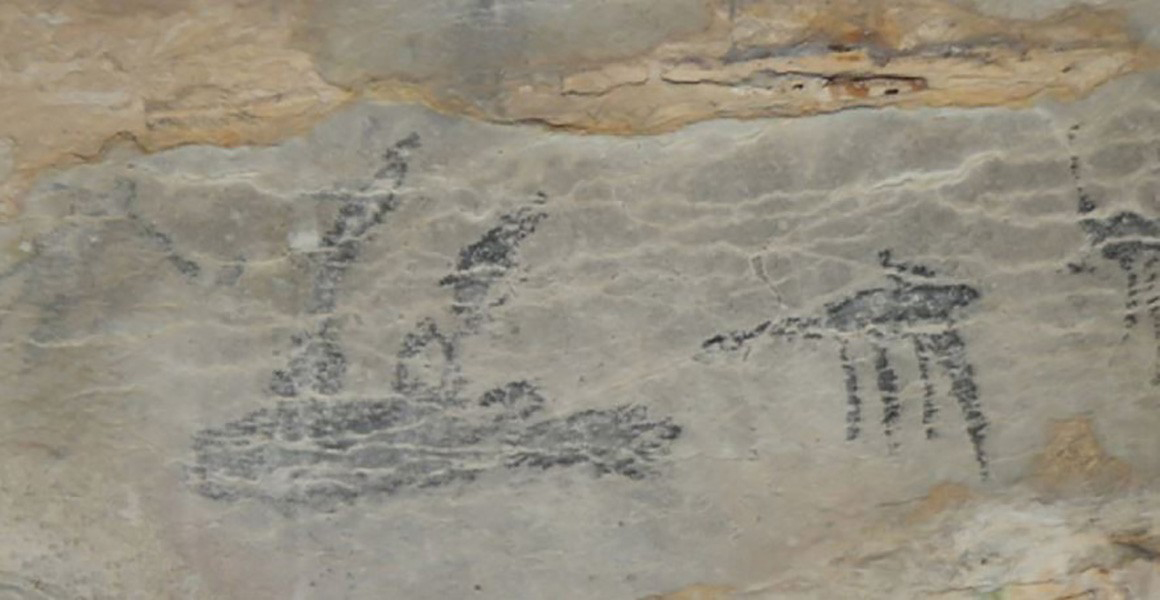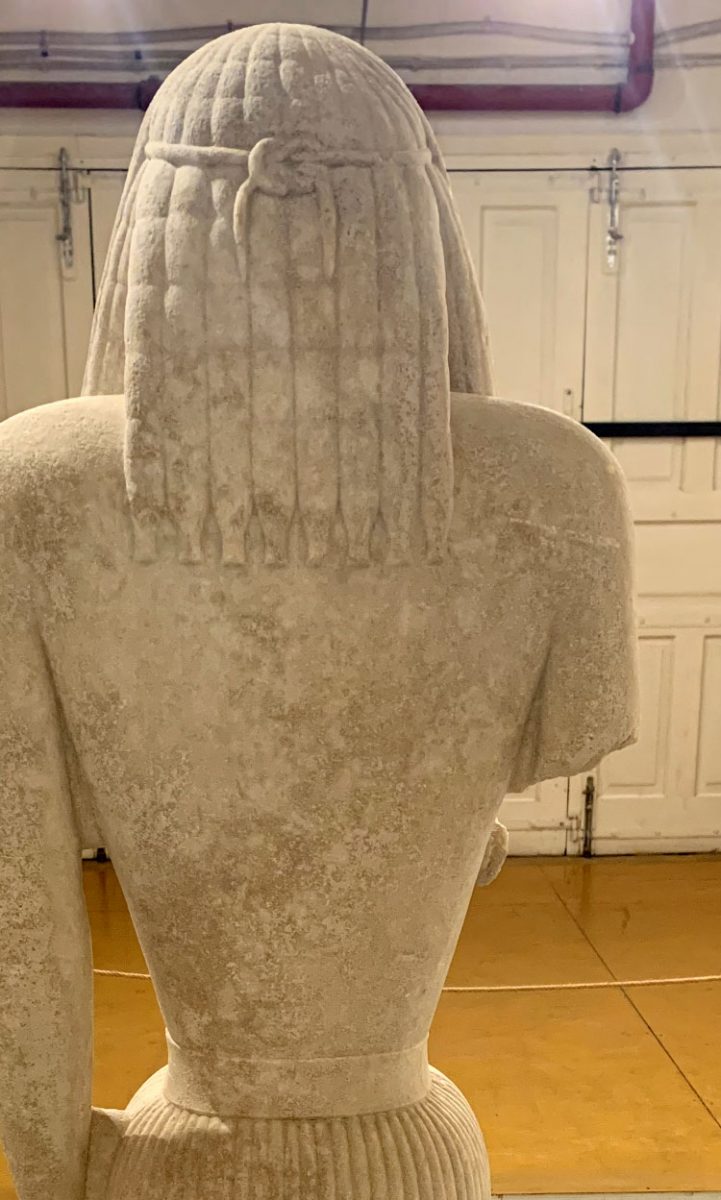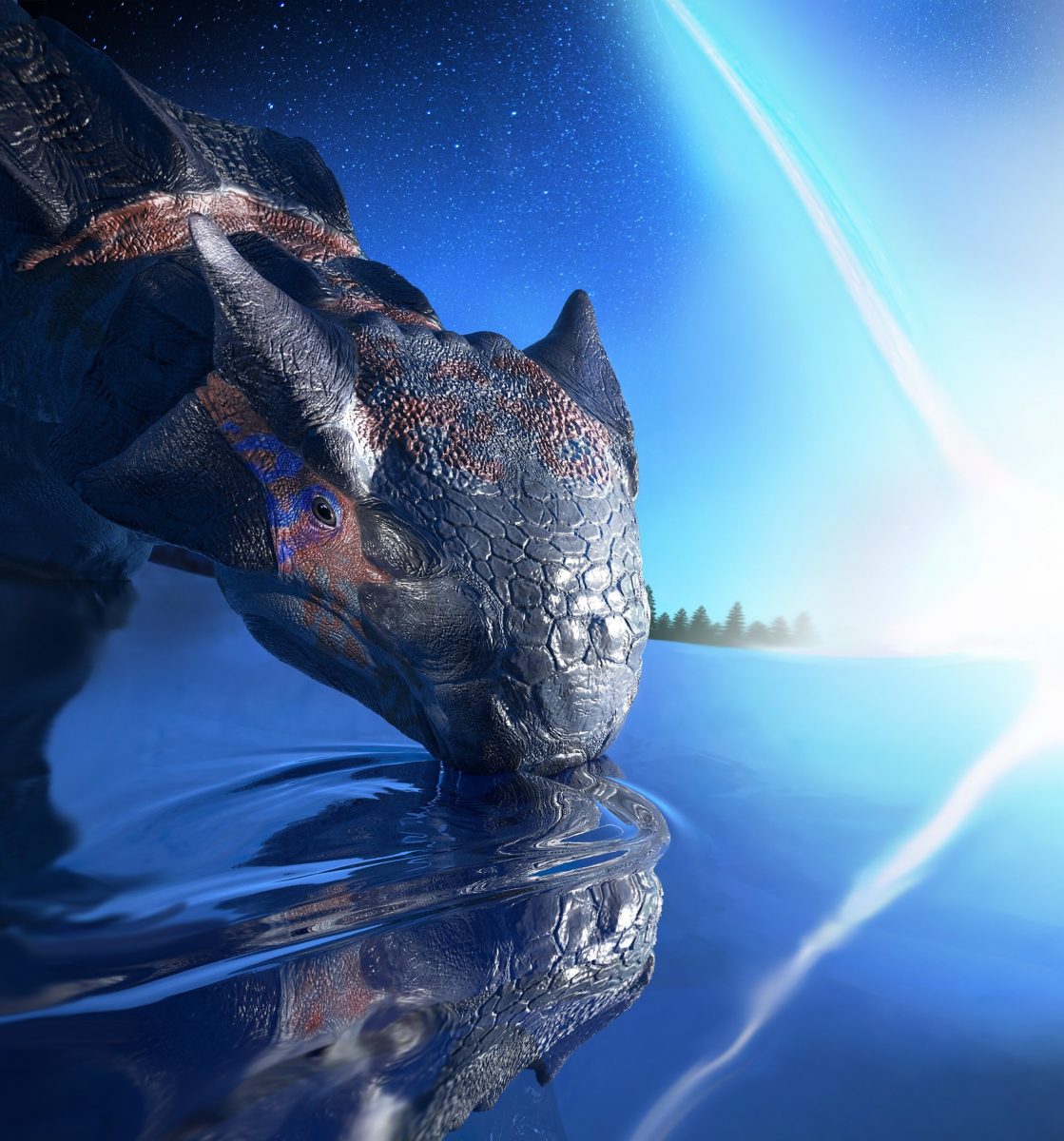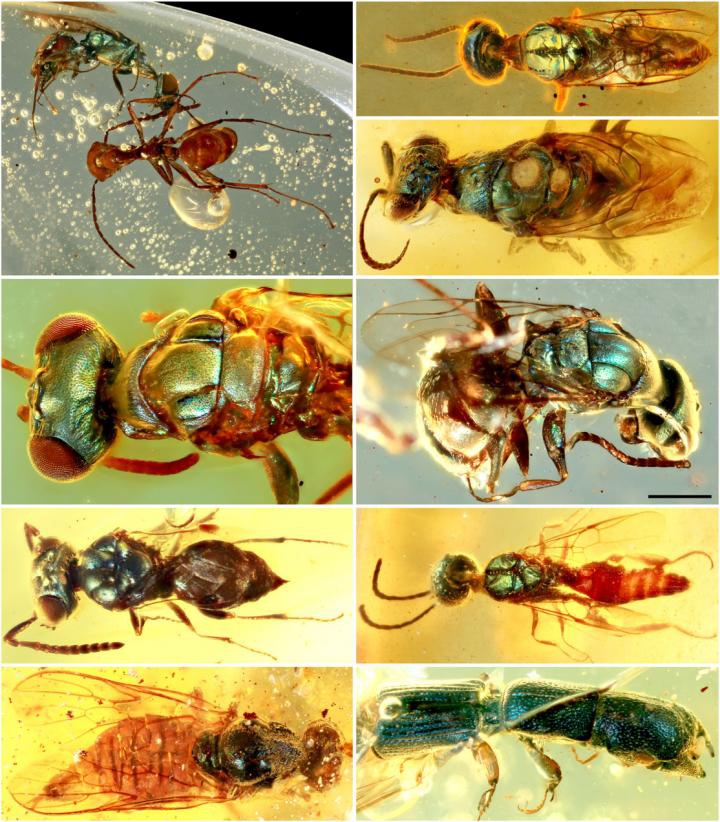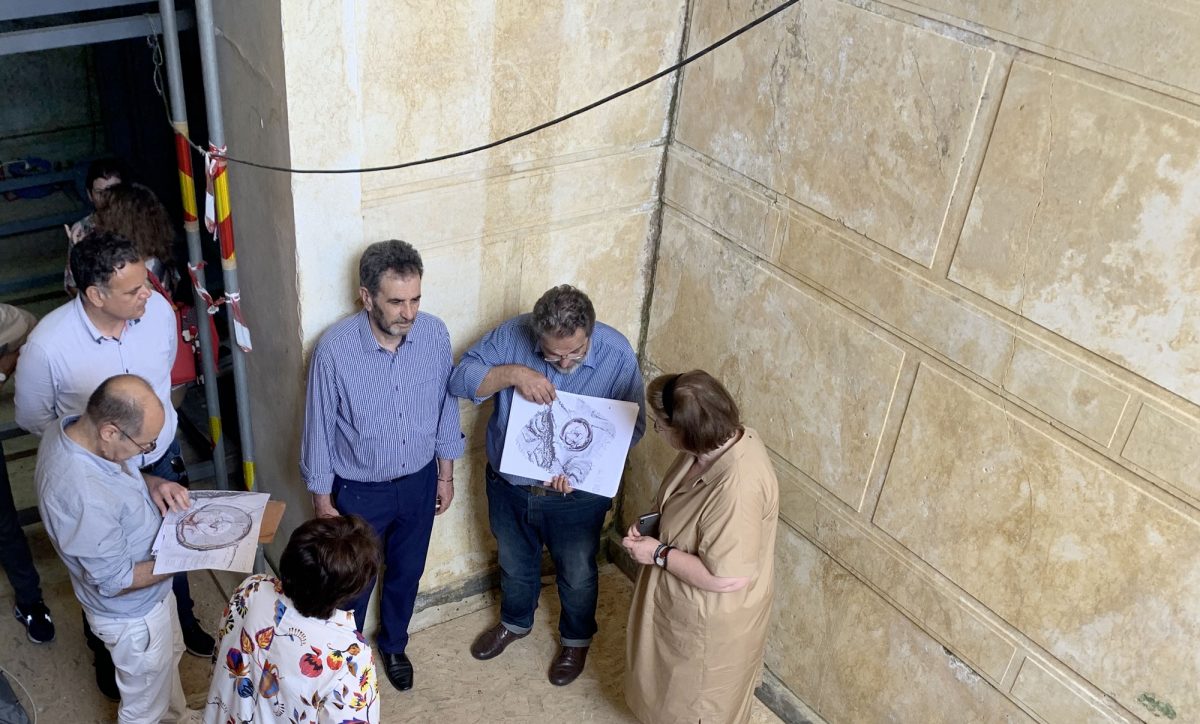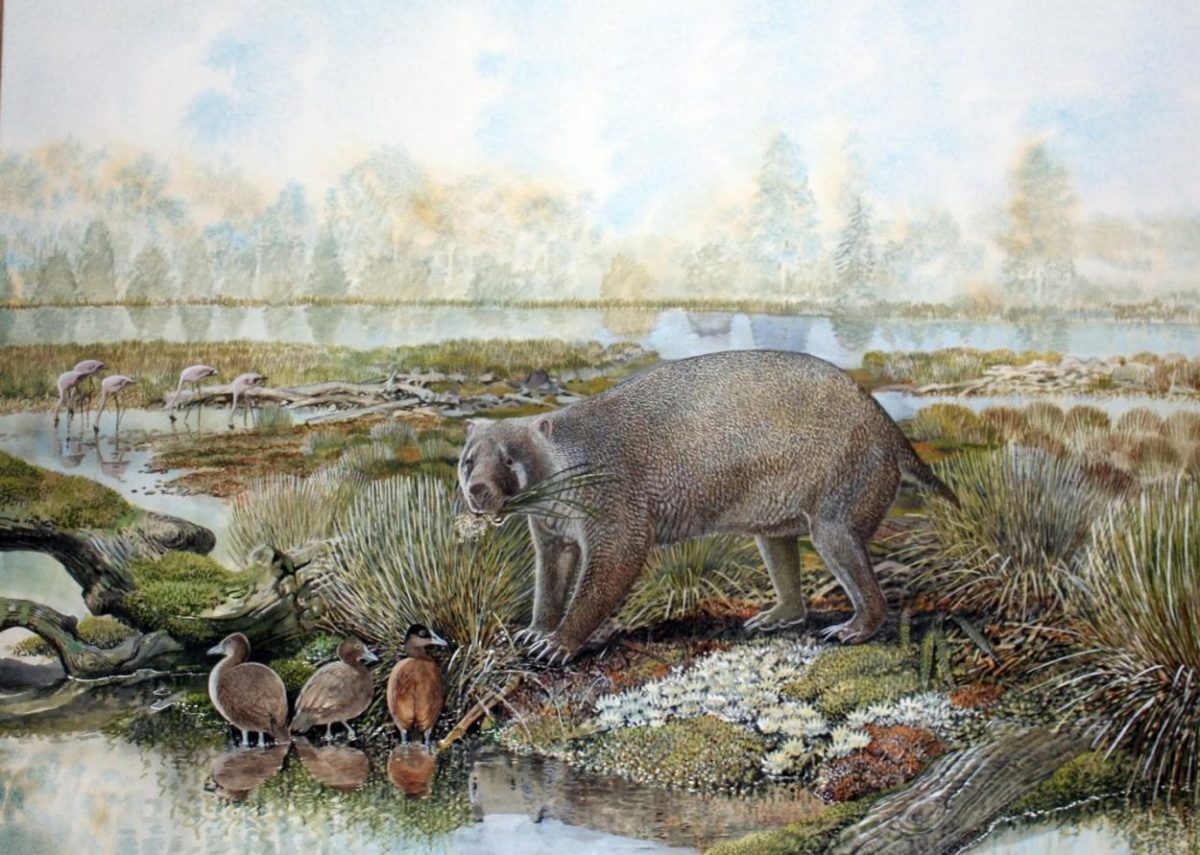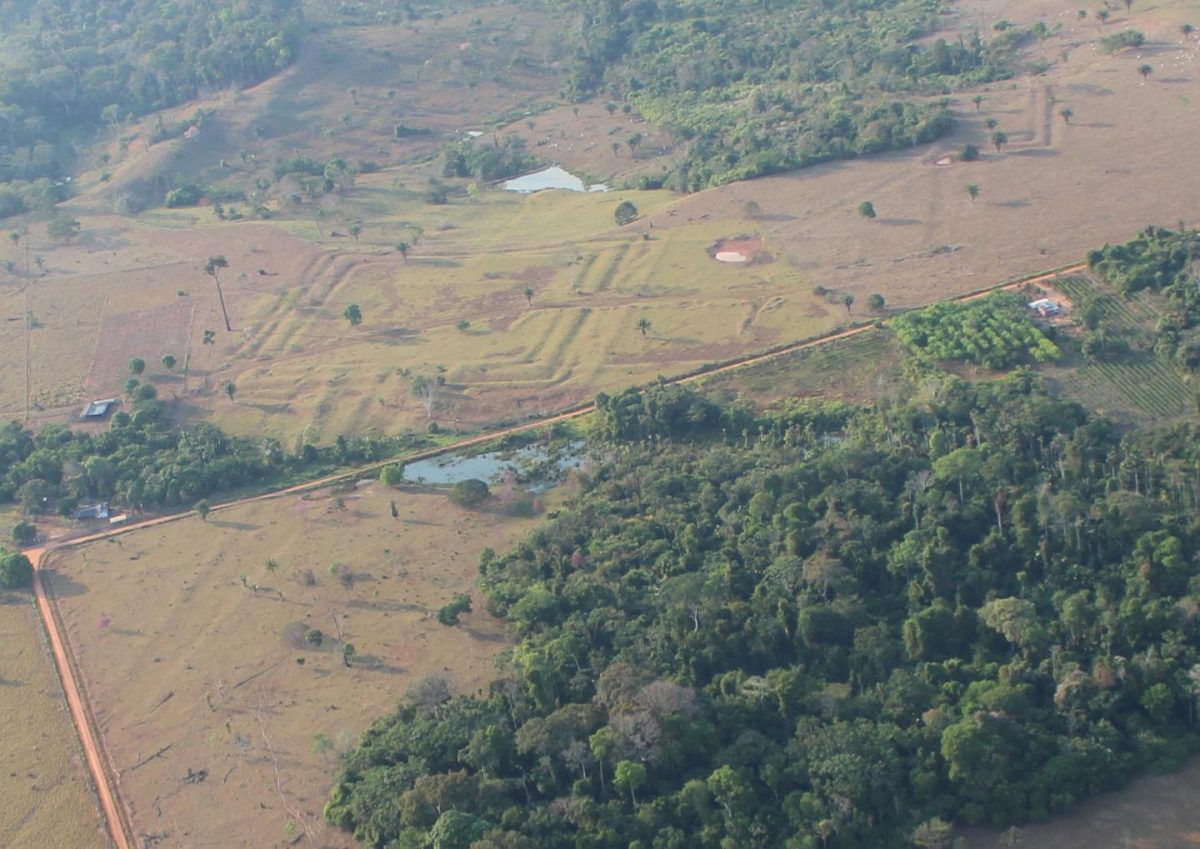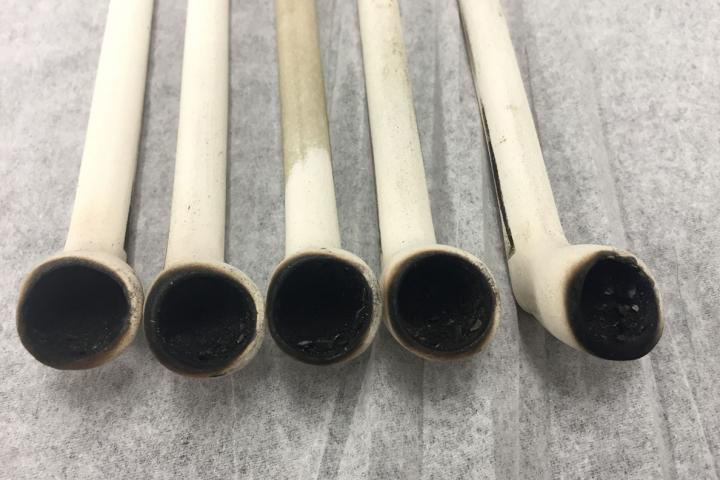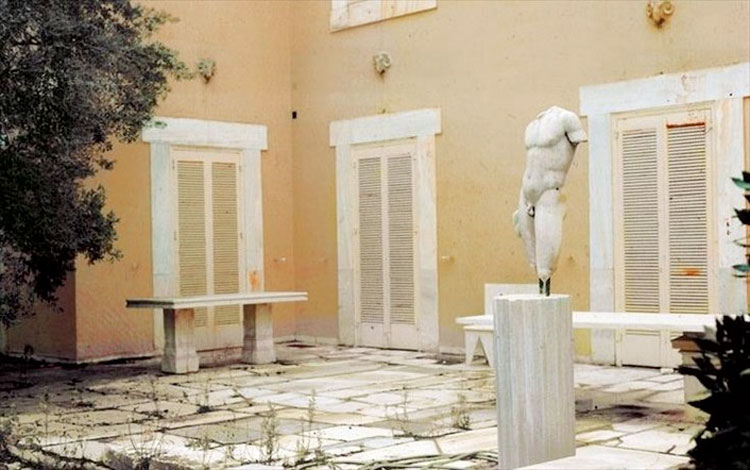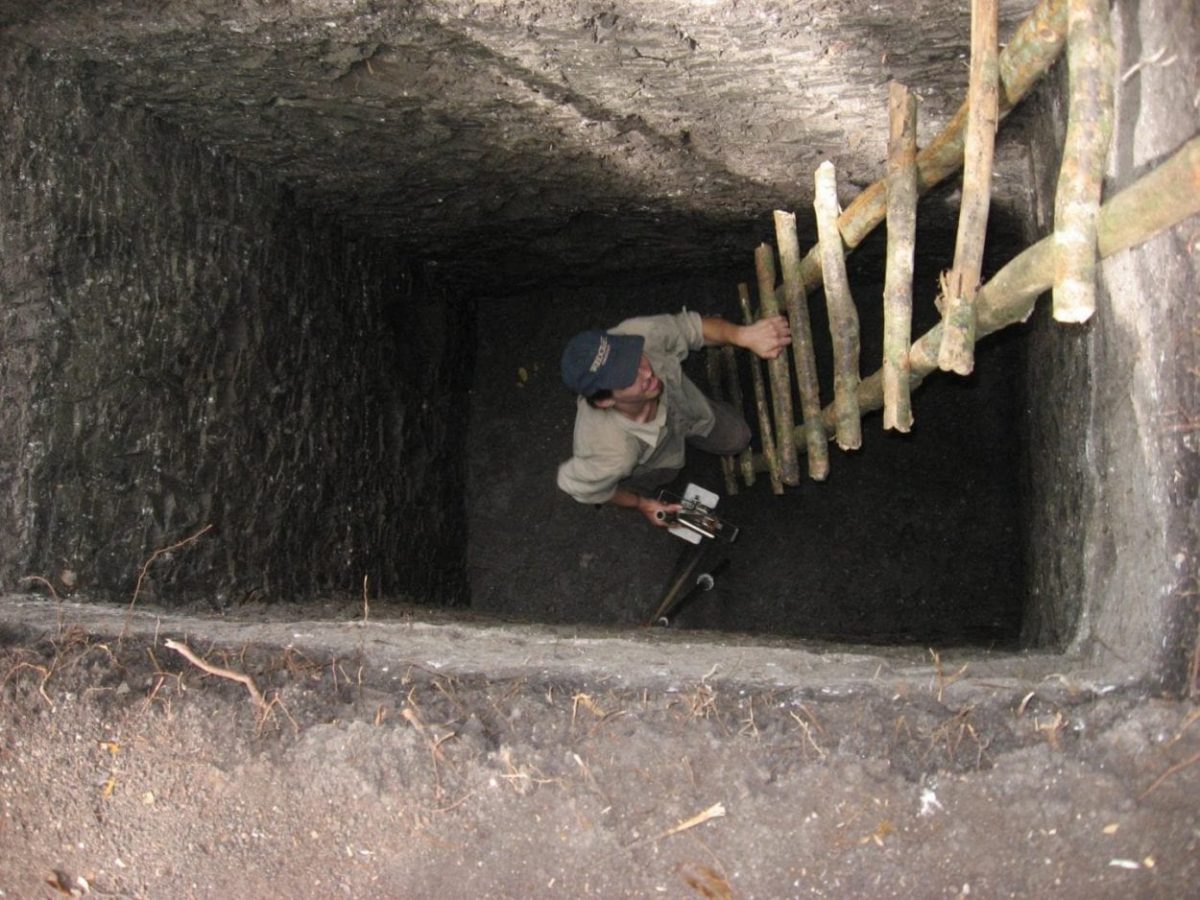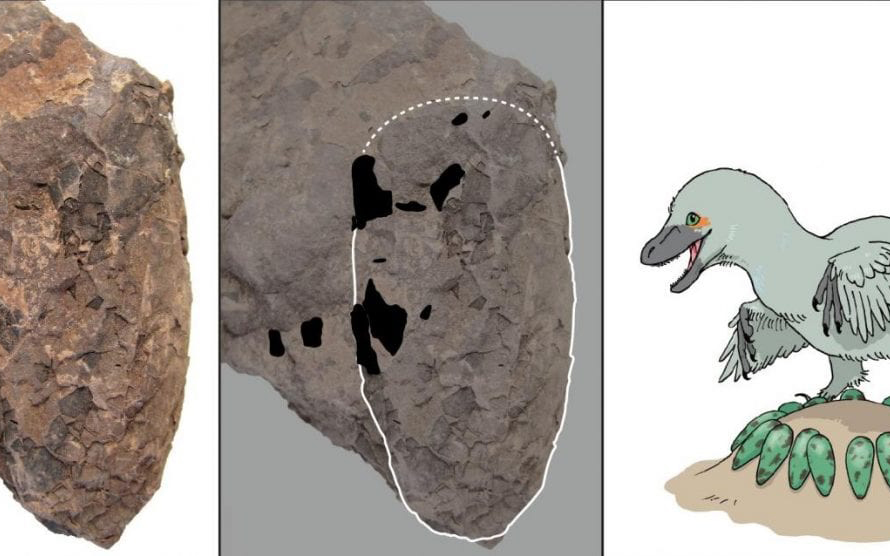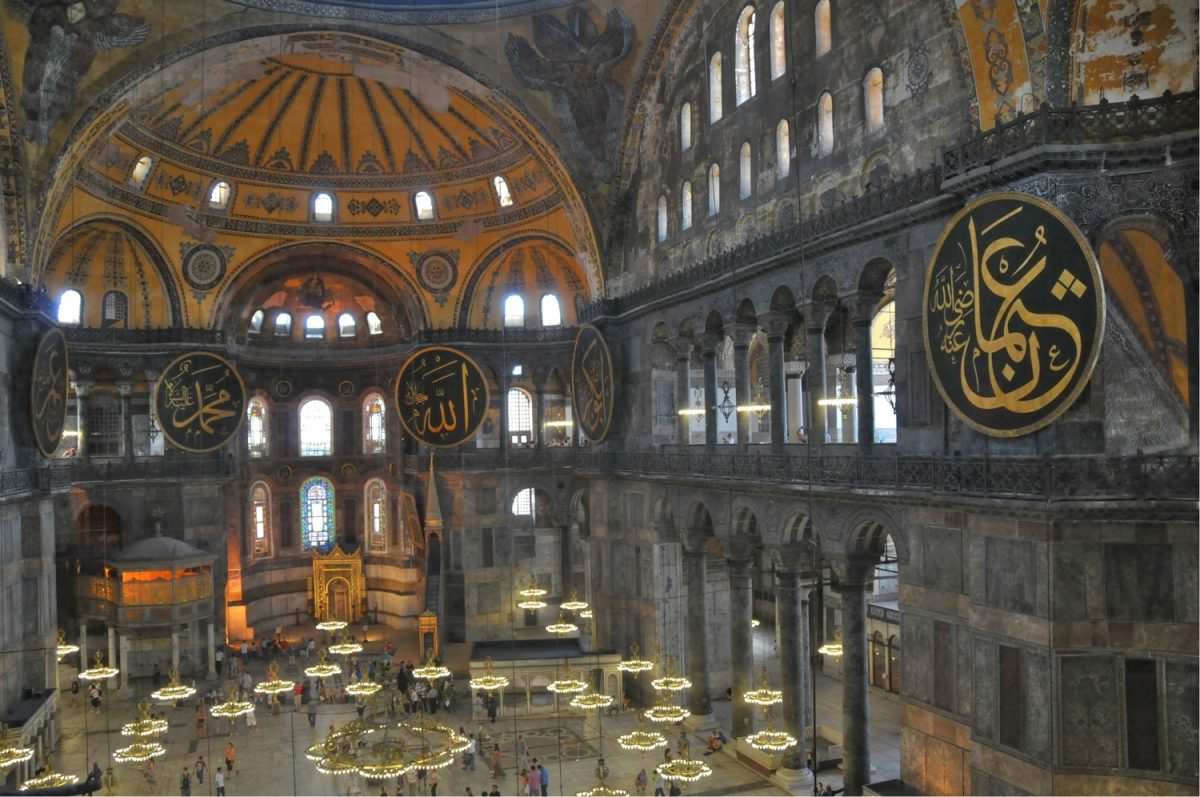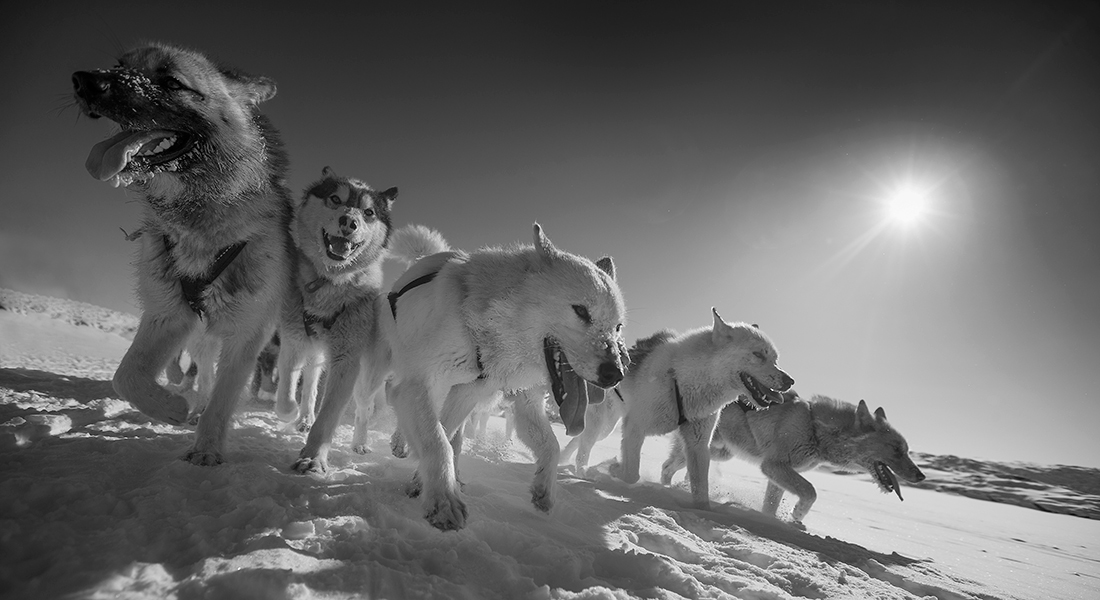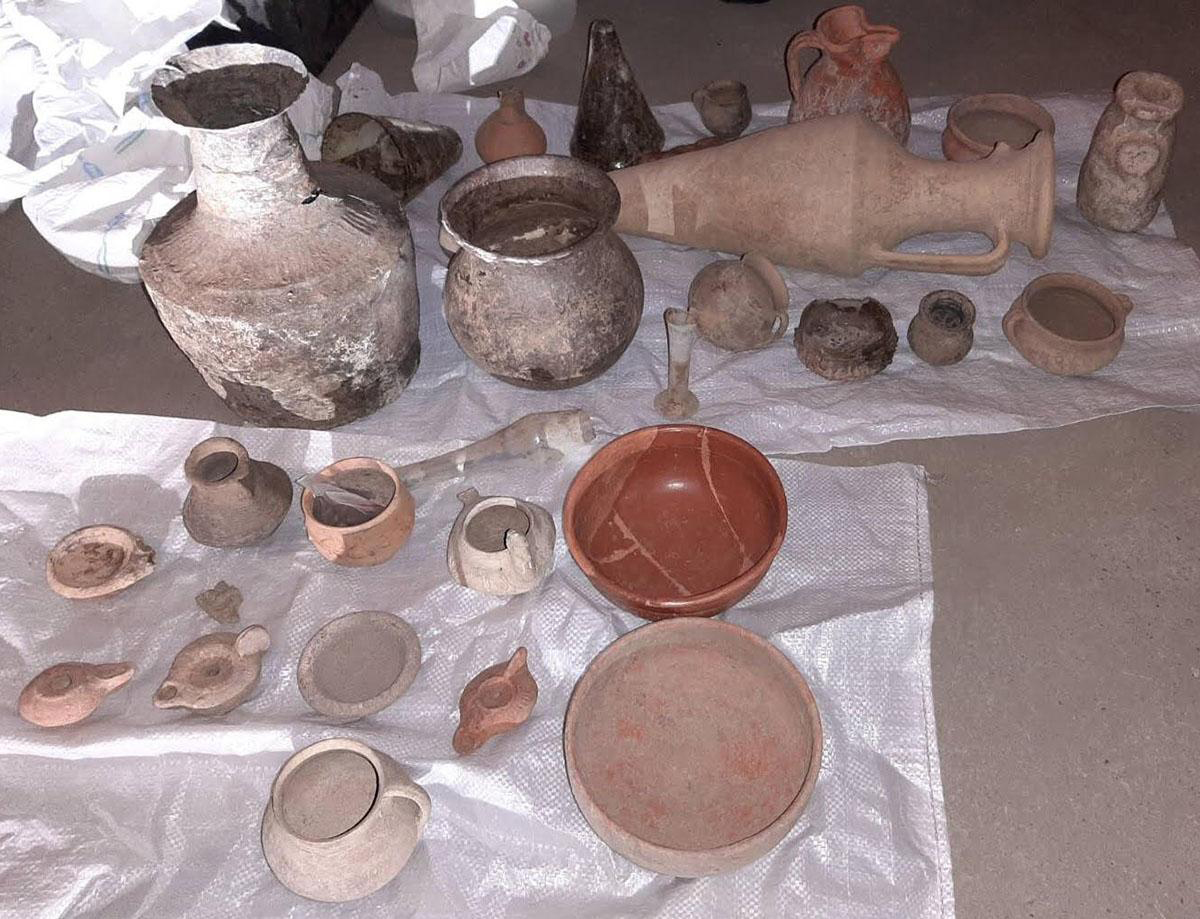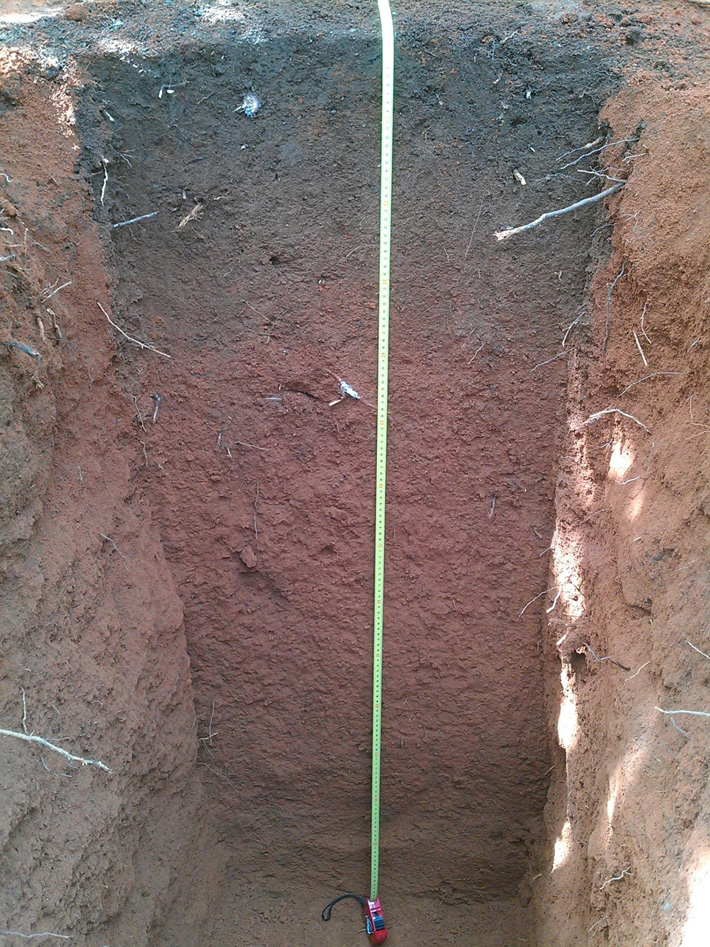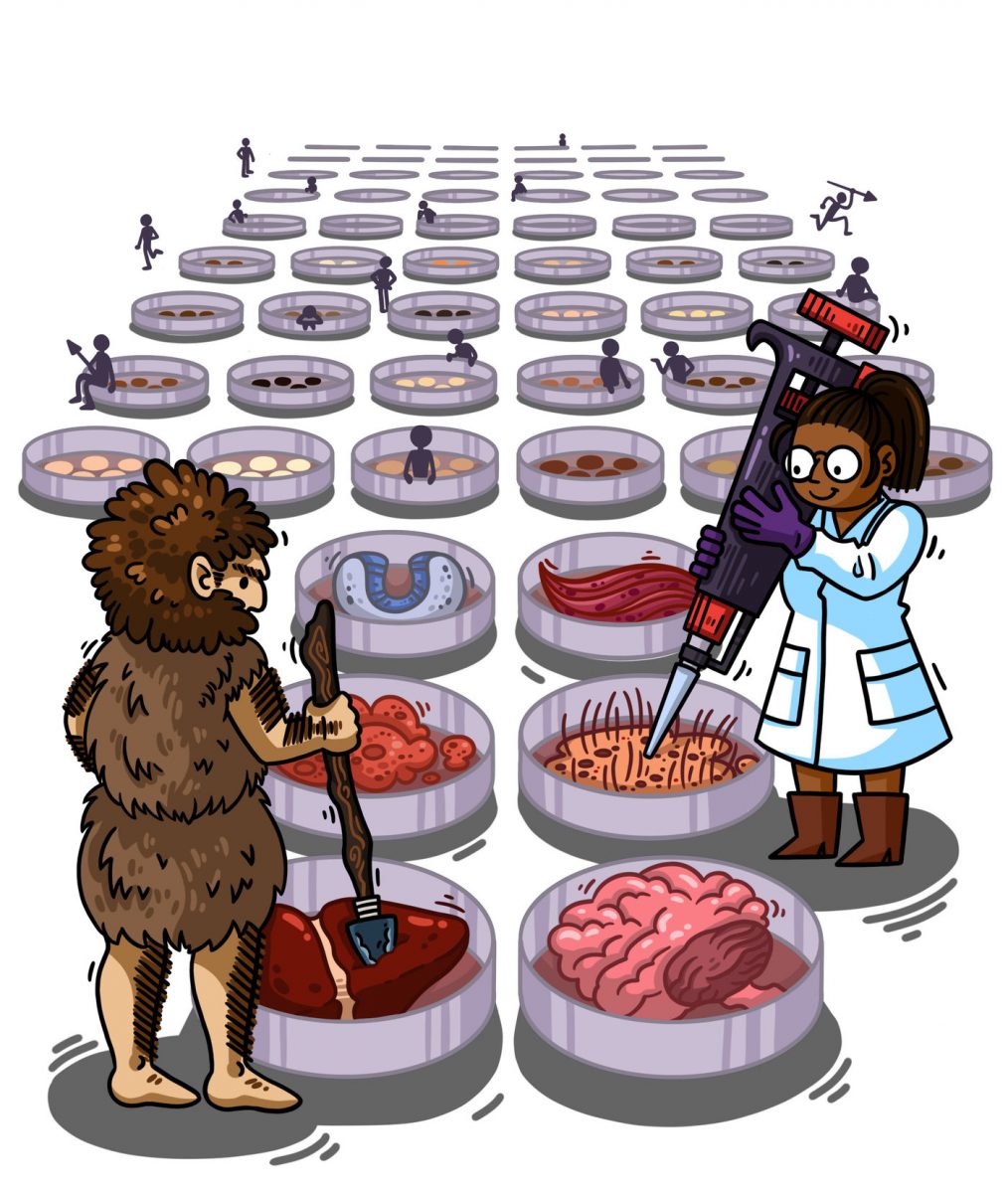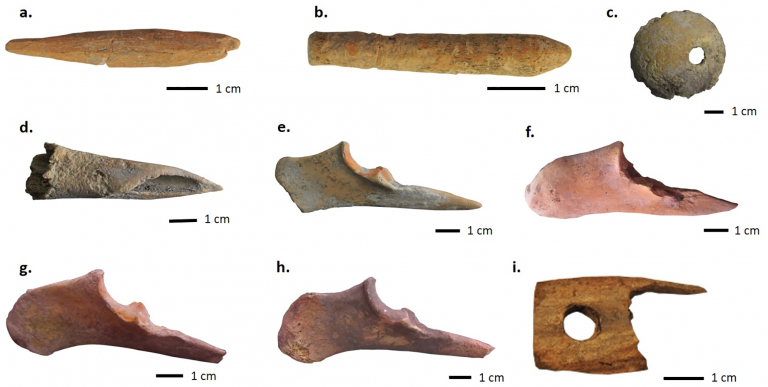In-depth analysis of stone objects yields new evidence on Minoan stoneworking
Mobile Raman microspectroscopy was performed on a group of 59 stone artifacts from Tholos Tomb P at Porti, Mesara.
Goulandris Museum: Greek visual artists of the Diaspora on Andros
Two respective exhibitions open at the museums of the Basil & Elise Goulandris Foundation on Andros and in Athens.
Brown researchers dig deeper into dinosaur movements
What if that dinosaur was running through mud, sinking several inches — or even up to their ankles — into the ground as it moved?
Ancient underwater Aboriginal sites discovered off Australian Coast
The first underwater Aboriginal archaeological sites have been discovered off northwest Australia dating back thousands of years ago when the current seabed was dry land.
Only known drawing of extinct giant sloth lemur found in cave
A painting daubed on the walls of a cave in western Madagascar is the only known drawing of the extinct giant lemurs that once roamed the island.
Upgrading of the Archaeological Museum of Thera is being speeded up
The Archaic Kore of Thera will be exhibited in public for the first time in the now covered atrium of the Archaeological Museum.
Asteroid impact made the earth uninhabitable for dinosaurs
Modelling of the Chicxulub asteroid impact 66 million years ago shows it created a world largely unsuitable for dinosaurs to live in.
Amber fossils unlock true color of 99-million-year-old insects
The study offers a new perspective on the often overlooked, but by no means dull, lives of insects that co-existed alongside dinosaurs.
Construction work at Amphipolis in September
In an announcement by the Ministry of Culture, the studies are expected to be submitted to the Central Archaeological Council for approval on July 14, 2020.
New family of extinct giant wombat-like marsupial discovered
The unique remains of a prehistoric, giant wombat-like marsupial – Mukupirna nambensis – that was unearthed in central Australia are so different from all other previously known extinct animals that it has been placed in a whole new family of marsupials.
The millennial pre-colonial cultural influence is evident in the Amazon forest
Recent findings show that large ancient construction projects not only shaped the landscape, but civilization has also impacted the diverse construction of rainforest.
Non-tobacco plant identified in ancient pipe for first time
People in what is now Washington State were smoking Rhus glabra, a plant commonly known as smooth sumac, more than 1,400 years ago.
Conversion of the Iolas villa into a cultural centre
The plans were approved by unanimous decision of the Central Council of Modern Monuments to convert the historic villa into a place of exhibitions and cultural activities.
Non-invasive technique revolutionizes Egyptian mummy studies
Previously known for its use in historical material, it was now used to extract ancient proteins from the surface of Egyptian mummies.
Maya reservoirs were contaminated with toxic levels of mercury and algae
The researchers studied two central reservoirs in the Maya city of Tikal, one of the largest archaeological sites and urban centres of the pre-Columbian Maya civilisation that dates from the 3rd century BC.
Nest of exceptionally small non-avian theropod egg fossils
Researchers scoured an exceptional fossil egg site first discovered in 2015 in Hyogo Prefecture, southwestern Japan.
Informing the member-states of UNESCO for Hagia Sophia
Greek Culture and Sports Minister Lina Mendoni sent a letter to the representatives of all the member-states of the United Nations Educational, Scientific and Cultural Organization (UNESCO) informing them over Turkish government plans to reconvert Hagia Sophia into a mosque.
Sledge dogs are closely related to 9,500-year-old ‘ancient dog’
Researchers from the Faculty of Health and Medical Sciences, University of Copenhagen, show that the sledge dog is both older and has adapted to the Arctic much earlier than thought.
Police recover 4,600 archaeological treasures from crime gang
An international crime gang that ransacked ancient sites in Bulgaria and trafficked stolen archaeological goods whose total worth exceeds several millions of euros has been broken up.
Lina Mendoni: Accelerating restoration works at Philippi
The Minister pointed out that progress in implementing the projects is satisfactory, nevertheless, they should be speeded up more.
Innovation by ancient farmers adds to biodiversity of the Amazon
Innovation by ancient farmers to improve soil fertility continues to have an impact on the biodiversity of the Amazon, a major new study shows.
Neandertal genes in the petri dish
Researchers are studying the Neandertal DNA found in modern humans using stem cells and organoids.
More sophisticated manufacturing in Bronze Age Mesopotamia
A UConn Humanities Institute Fellow’s work took him to a region of the Middle East where he found evidence of complex manufacturing and trade from the Bronze Age.
Alaska’s volcano linked to period of extreme cold in ancient Rome
An international team of scientists and historians, including members of the School, has found evidence connecting an unexplained period of extreme cold in ancient Rome with an unlikely source: a massive eruption of Alaska’s Okmok volcano.
